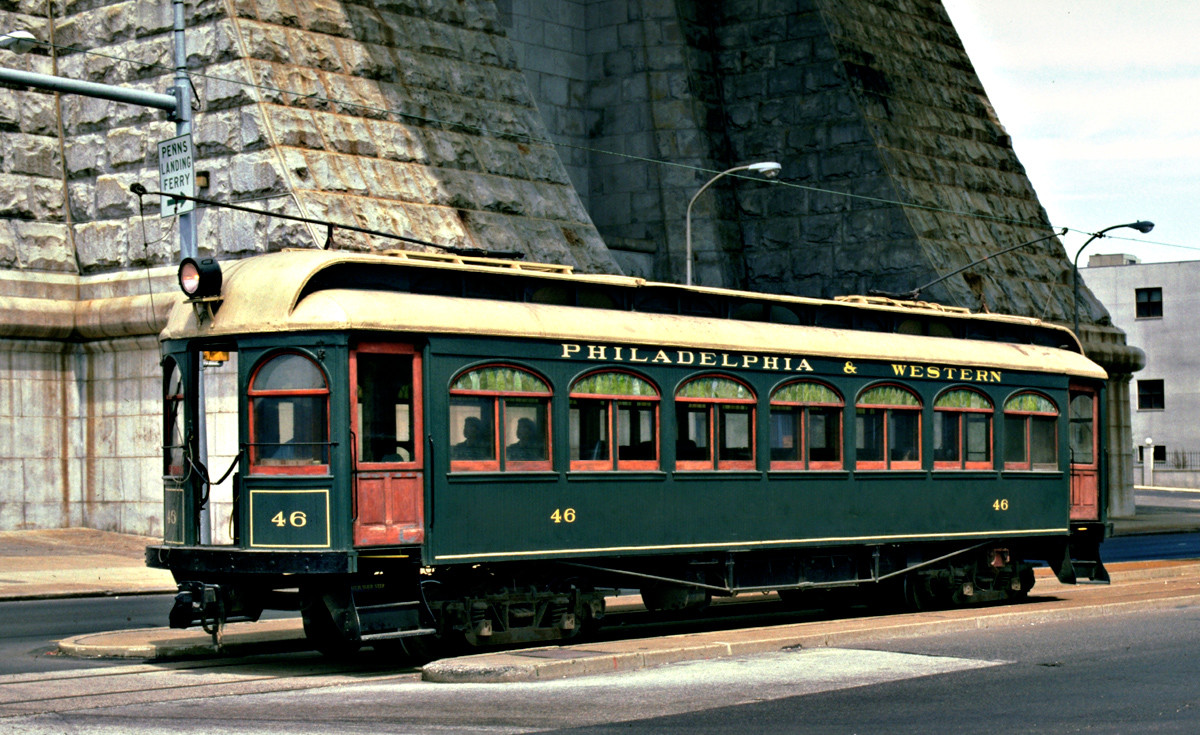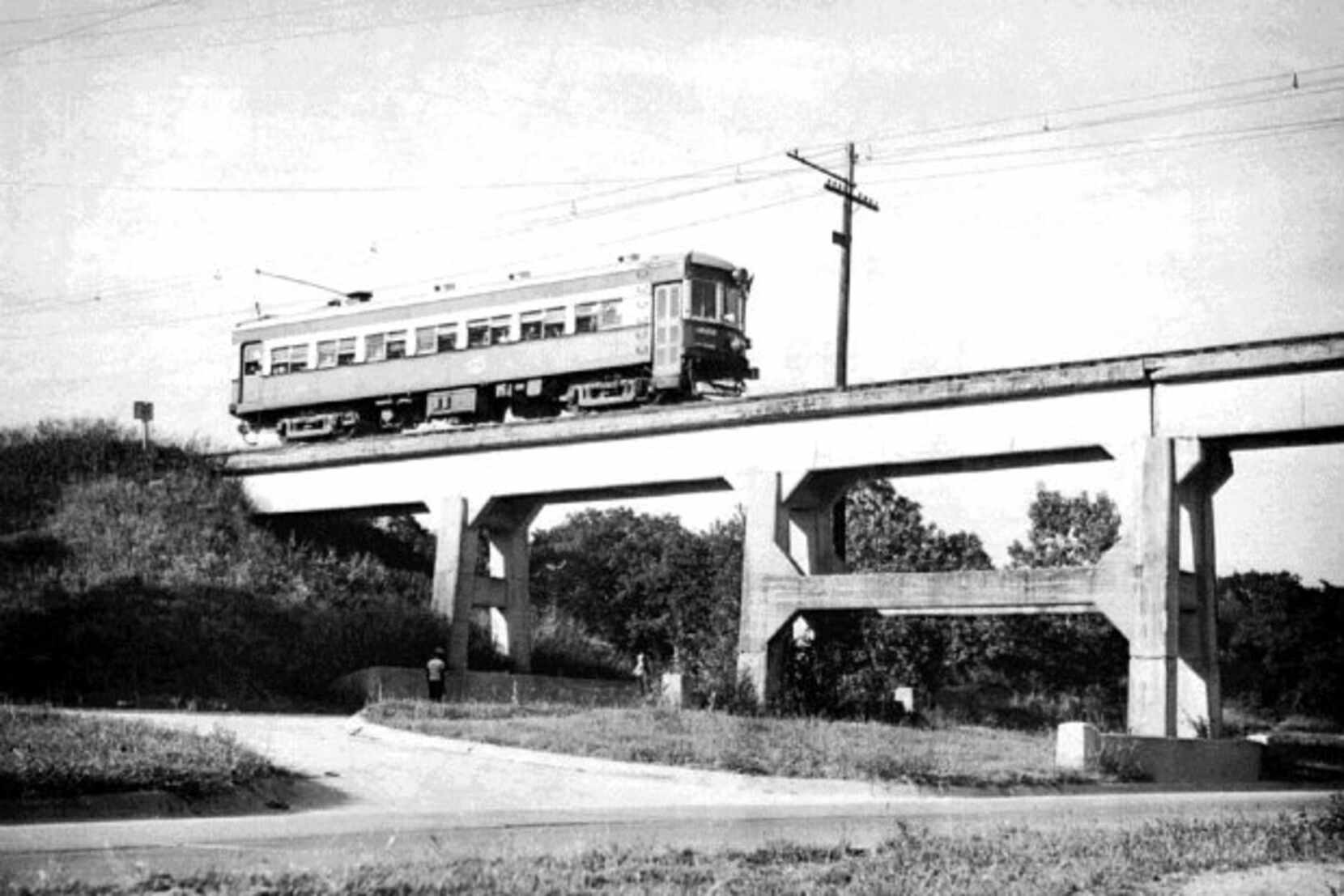Event JSON
{
"id": "2e5be53cf1a3346b76e160f77fbeb9d79c23510ca97104565852d9f46113ddc7",
"pubkey": "b2ecb8cb96bc62df25c5847725e90b0e21dc0afc7adcc51eb2746527da9392eb",
"created_at": 1718717172,
"kind": 1,
"tags": [
[
"imeta",
"url https://cdn.masto.host/urbanistssocial/media_attachments/files/112/637/847/267/480/792/original/091833f52da188b0.jpg",
"m image/jpeg"
],
[
"imeta",
"url https://cdn.masto.host/urbanistssocial/media_attachments/files/112/637/848/317/785/853/original/2e026a6e0290c4d2.jpg",
"m image/jpeg"
],
[
"proxy",
"https://urbanists.social/@straphanger/112637848590511027",
"web"
],
[
"proxy",
"https://urbanists.social/users/straphanger/statuses/112637848590511027",
"activitypub"
],
[
"L",
"pink.momostr"
],
[
"l",
"pink.momostr.activitypub:https://urbanists.social/users/straphanger/statuses/112637848590511027",
"pink.momostr"
]
],
"content": "By 1910, the network of interurbans in the US was so dense that a determined commuter could hop interlinked streetcars from Elkhart, Wisconsin, to Oneonta, NY—a journey of 1,100 miles—exclusively by electric trolley. 🚋🧵\nhttps://cdn.masto.host/urbanistssocial/media_attachments/files/112/637/847/267/480/792/original/091833f52da188b0.jpg\nhttps://cdn.masto.host/urbanistssocial/media_attachments/files/112/637/848/317/785/853/original/2e026a6e0290c4d2.jpg\n",
"sig": "f4757fae4497a7c41802922098266e372f3b8145158f1191fdbec178f327b637e98d7e886be4c48b83d3475f5acda19ee06710f14ccee035cf0024fd7369d969"
}



